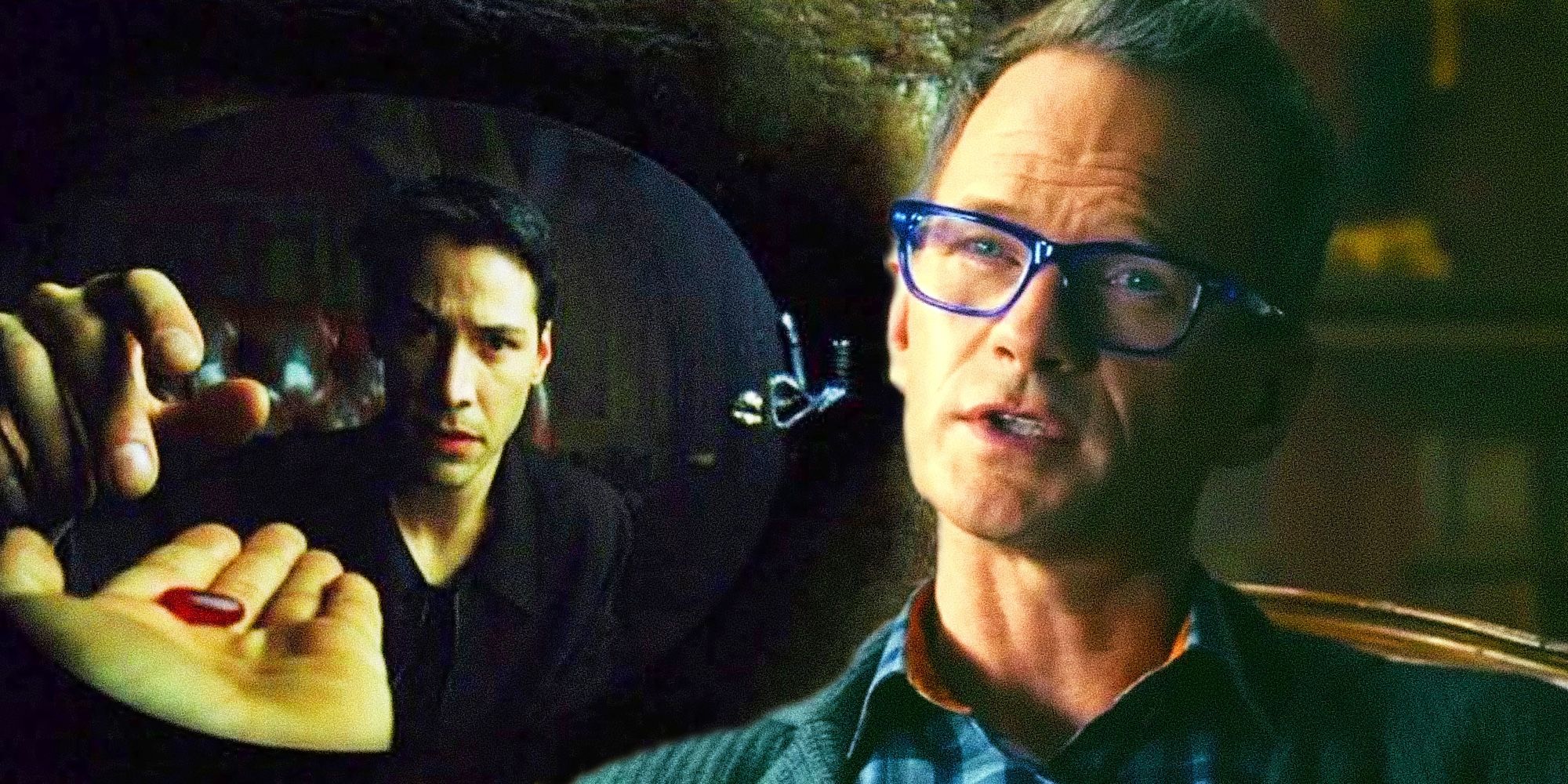The Matrix Resurrections introduces a twist on the franchise’s bullet time effect, adding to the film’s numerous pieces of meta movie criticism. The highly anticipated follow-up to the original trilogy left audience members divided after its unique meta-storytelling approach retconned key elements from the original Matrix trilogy. Resurrections - taking place 60 years after the events of the Revolutions - follows Neo, now trapped in a new version of the Matrix where he believes himself to be a video game developer of a game based on his faint memories of the original story. Rather than pure science fiction, the story focuses more heavily on the powerful romance between Neo and Trinity. Ripe with callbacks and references to the earlier films, Resurrections uses this environment as the perfect stage for self-aware meta-commentary.
After being freed from the Matrix, Neo returns with Bugs and the other human crewmates in an effort to save the still-trapped Trinity. However, Neo’s therapist appears, revealing himself to be The Analyst, The Matrix franchise’s new villain. The Analyst stops Neo just before he reaches Trinity, using bullet time to slow him down and manipulate the surrounding space. He reveals that he is a program that has been studying Neo for years, attempting to use the energy Neo creates to power the Matrix. Furthermore, this powerful energy source emanates not only in Neo but in his bond with Trinity. Thus, the program has been keeping them close enough together in the Matrix without having their stories really overlap. The Analyst notes that the new version of the Matrix, because of this, engages more heavily in emotional manipulation of the humans trapped inside it.
The Matrix 4 Completely Flips The Meaning Of Bullet Time
The Matrix Resurrections isn’t subtle about what it’s doing with bullet time. As soon as he uses its time-bending power, The Analyst says, “I know. Kind of ironic, using the power that defined you to control you.” In the original The Matrix trilogy, bullet time saves Neo’s life on more than one occasion. As Neo becomes "The One," he learns to take advantage of the power for good. However, as used by The Analyst, this power for good is used against him as a dangerous weapon - a true double-edged sword.
Matrix 4's Bullet Time Could Be A Meta Movie Criticism
Because Resurrections has such a heavy focus on the meta-criticism of movies, we must consider that bullet time might’ve been included for the same purpose. Throughout the film, Lana Wachowski creates eerily similar recreations of scenes from the original Matrix trilogy with new characters, including the iconic opening scene in which Trinity escapes the agents. Neo is obsessed with his own story, The Matrix video game. The Matrix 4 villains are, once again, the machines (only new and improved). In part, these things add a comedic, self-aware element to the story. Resurrections itself is but a sequel in a decades-long franchise. Including all of these details brings the audience to ask questions about what happens when these franchises overuse
Unfortunately, The Matrix Resurrections falls into its own trap, cut down by this double-edged sword. By including and drawing attention to these elements from the original films - even in an attempt to make a point about Hollywood - they create a film that feels all too unfinished and empty in the end. Bullet time, a fun callback that was used in a new way, still wasn’t innovative enough to revive the franchise after its extensive break.



